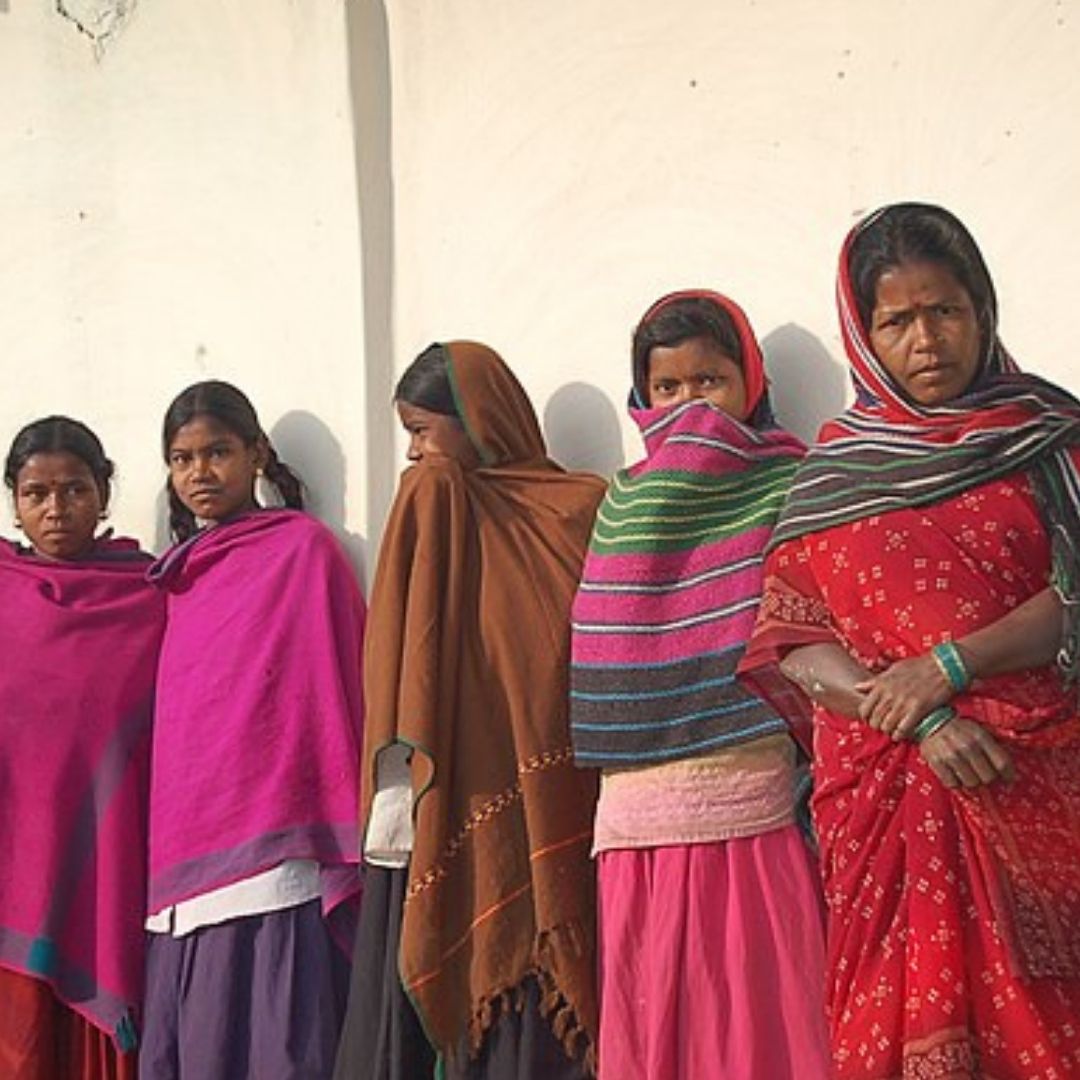
Image Credits: Wikimedia
Why Cervical Cancer Is Still Prevalent Among Rural Indian Women?
Writer: Akanksha Saxena
I am a budding journalist who loves to write stories that have the ability to connect with people.
India, 24 Jan 2022 12:49 PM GMT
Editor : Ankita Singh |
A literature lover who likes delving deeper into a wide range of societal issues and expresses her opinions about the same. Keeps looking for best-read recommendations while enjoying her coffee and tea.
Creatives : Akanksha Saxena
I am a budding journalist who loves to write stories that have the ability to connect with people.
In India, cervical cancer is the second most common cancer that occurs in women. While the condition is preventable, women in rural areas are not aware about the same and do not have access to the facilities to cure it.
The Indian healthcare system is developing by leaps and bounds. Over the years, it has widened their horizons and accommodated treatments and cures for several conditions that were not possible in the recent past.
However, the ambit of women's health needs work. From lack of awareness to demographic issues, several females cannot access the basic healthcare facilities, which is their fundamental right.
Not just awareness, the lack of importance given to such issues is a significant concern. According to a report by BioMed Central, Breast and Cervical Cancers are extremely common amongst women, and India amounts to 27% of the global Cervical cancer cases. In 2020, the international number of cases saw a staggering rise, with India consisting of over 9% of Cervical cancer cases globally.
Over the years, Cervical Cancer's treatment has only evolved for the better. With the availability of vaccines, young girls are strongly advised to get inoculated. In India, the situation is far worse, and women in rural areas are not aware of the condition that only worsens after crossing a certain age.
Therefore, while Cervical Cancer may be preventable for women globally, Indian women cannot access the necessary treatment for several reasons that raise questions about the country's healthcare system.
Cervical Cancer - Diagnosis, Causes and Treatment
As the name suggests, Cervical Cancer is a malignancy that occurs in the cervix, located in the uterus. It forms a significant part of a woman's sexual organs as it is the uterus' neck. Speaking to The Logical Indian, an Aligarh-based gynaecologist named Dr Alka Mittal talks further about it.
She explains, "Cervical cancer can be easily detected during a doctor's examination. The patient usually complains of excessive vaginal discharge, which may be foul-smelling. Confirmation can be done by PAP smear, a straightforward procedure, or by more sensitive techniques. Cancer development can be prevented by early detection and management of cervical ulcers or discharge."
Further, Cervical Cancer is caused by a Human Papillomavirus (HPV) infection in the vagina, which happens due to unhygienic measures . "This cancer is also seen in women with multiple sexual partners, repeated abortions or vaginal deliveries which leads to repeated trauma to the cervix," adds Dr Mittal.
Several reports suggest that women aged 55 to 59 years are highly susceptible to this condition. However, prevention can be ensured earlier as young girls get the HPV vaccination. Dr Mittal said, "It is recommended that all women between 10-40 yrs should be vaccinated. The schedule is of 3 vaccinations- 0, 1 mth, 6 mths. (i.e. if first vaccinated in January, then next will be in February and third in June). Ideally, a girl should be vaccinated before she becomes sexually active for best results.
Inaccessibility And Lack Of Awareness
Cervical Cancer is a curable condition. However, many countries do not have access to otherwise costly treatment methods. Reports suggest that nations with a low socio-demographic index have a higher number suffering from the same.
In a populous country like India, the process is complicated. Women belonging to lower-income groups are illiterate, which leads to a delayed diagnosis. The ignorance stems from the stigma that still exists within several families across the country.
"In rural India, methods used to deal with menstruation are inadequate. Due to a lack of awareness and options, infections are higher. Not only that, young girls and women feel ashamed discussing their menstrual and sexual health issues at home, making it difficult for them to open up about it in front of local doctors and health workers," Dr Alka Mittal explains the societal irregularities.
The entrenched patriarchy also plays a detrimental role. Many families ostracise women who are open about such topics and are further held back. Therefore, grave problems like Cervical Cancer are relatively unknown to them. Dr Mittal continues her conversation with The Logical Indian, "Most women only bring this issue up once it has progressed further, which is extremely dangerous. Enough measures are not available to assist them. They are not given a voice in rural areas because they cannot express the women-specific issues without any restrictions.
Along with them, sex workers are often marginalised as well as there is a lack of health care for high-risk groups, as they are often left out in basic healthcare schemes.
Women's Health Issues And India's Healthcare System
Unfortunately, the problem is much bigger than the existing ignorance. The country's healthcare system is not well-equipped to deal with women's health problems, however, evolved it may be. The all-important vaccine is not a part of India's Universal Immunisation Programme (UIP). According to The Indian Express, the Indian government was asked to shelve the vaccination programme as it "diverts the scarce resources from more worthwhile health initiatives to the vaccine of doubtful utility."
The vaccination's sky-high costs is another point of contention as well. "HPV vaccination is not part of the national vaccination schedule, and therefore, it is expensive (approx ₹ 2200 each) and not available to all. Only those coming from well-to-do families can afford them because they are aware of the problem and have the means to solve it."
However, measures need to be taken to ensure that rural women are made aware of such conditions. "Education and awareness efforts are being taken by government agencies and other groups like Indian Medical Association that go to schools and colleges to educate young women about menstrual hygiene. This has produced results like more patients coming to the doctor earlier in the disease. Many NGOs are striving to provide low-cost sanitary napkins to rural women and even set up industries at the rural level where rural women can make sanitary napkins to sell," Dr Mittal adds.
For now, the various awareness campaigns are doing their bit to eradicate stigma and ignorance. As it gains momentum, more initiatives need to be taken to provide basic healthcare facilities to women and not leave them out. Dr Alka Mittal concludes her conversation, "Education and awareness about menstrual hygiene & the availability of vaccine is essential, along with government intervention to increase availability and decrease the price of the vaccine. In urban and rural areas, special awareness programmes should be conducted to teach young girls about Cervical Cancer and its early symptoms."
Also Read: What Is Breast Cancer And How Does It Occur: Breast Cancer Awareness Month
 All section
All section














